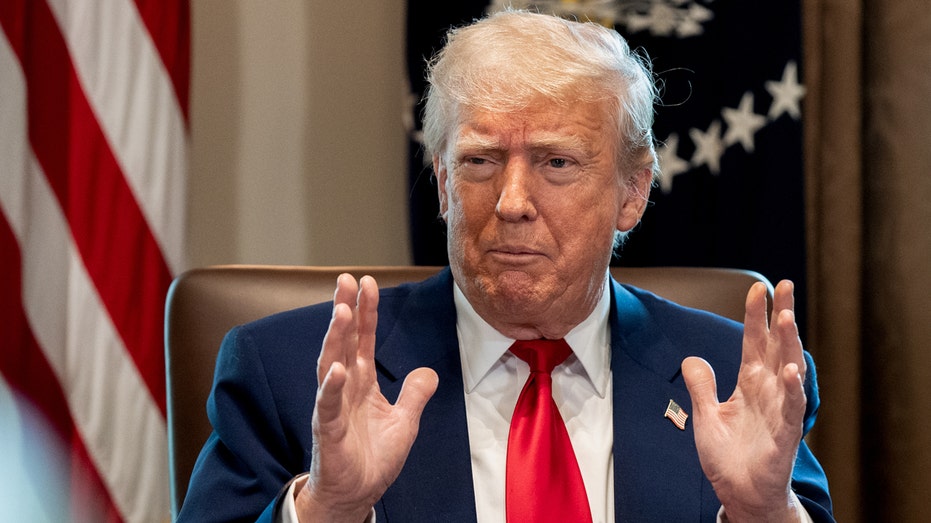Experts Warn Trump's Tariff Strategy Could Cover His Tax Bill—But Only if It Holds Up
CBO forecasts Trump’s tariffs could slash the deficit by $2.8 trillion, but experts doubt the sustainability of the tariff revenue.

The White House and congressional Republicans have asserted that President Donald Trump’s sweeping tariffs are a key component in generating revenue to help offset the costs of his massive tax proposal. The administration points to these tariffs as a mechanism to pay for the ambitious bill, but leading tax analysts note that the real impact depends heavily on whether the president remains consistent with the policy over time.
As Senate Republicans work to modify and potentially expand on what they have dubbed Trump’s "big, beautiful bill," attention is focused on his push to both extend and permanently enshrine his first-term tax cuts. Despite ongoing negotiations among GOP lawmakers, the financial reality presents significant challenges: the tax section alone is projected to have a sticker price of nearly $4 trillion.
Factoring in proposed spending reductions, new sources of revenue, and projected economic growth, a recent analysis from the Congressional Budget Office (CBO) concluded that the legislative package would still increase the federal deficit by $2.4 trillion over the coming decade. This has intensified scrutiny, especially as the CBO faces criticism from some Republicans over its methodology and projections.
One notable CBO finding is that if Trump’s tariffs were made permanent, they could reduce the deficit by an estimated $2.8 trillion in the same timeframe—potentially making the overall package deficit-neutral. Even so, experts such as Joe Rosenberg from the Urban-Brookings Tax Policy Center caution that the administration’s shifting approach to tariffs creates substantial uncertainty about whether such fiscal benefits can be realized.
“The tariff policy seems to change day by day, hour by hour, minute by minute,” Rosenberg observed, emphasizing that it is unclear whether tariffs are meant to be a permanent revenue stream or simply a tool for negotiation. He further warned that current debt levels, now exceeding $36 trillion, coupled with rising interest rates, make the consequences of any additional borrowing much more severe than when Trump’s initial tax policies were enacted eight years ago.
Moreover, the CBO report warns that maintaining high tariffs would have significant downsides: household wealth would likely decline and the broader economy could contract every year for the next decade. Policy analysts, including Tad Dehaven at the Cato Institute, also highlight unresolved legal disputes and the volatile nature of tariff implementation, casting doubt on their long-term viability and effectiveness.
“If you assume these tariffs stick around for ten years, it’s a colossal tax increase,” Dehaven said, adding that any perceived gain from new tax cuts would be largely negated by the economic drag of higher tariffs. “It’s a rather economically inefficient tradeoff.”
On the other hand, conservative advocates argue that extending Trump’s original tax reform remains critical, regardless of how the revenue math adds up. Mike Palicz, director of tax policy at Americans for Tax Reform, dismissed the CBO’s projections and insisted that averting the expiration of Trump’s tax cuts must remain a top priority. “You cannot go out and explain to a normal person or business that their taxes aren't increasing next year if the Trump tax cuts are allowed to expire,” he said, stressing that “no conservative, no Republican, should think that you address the deficit by raising taxes.”
As discussions continue in Congress, the fate of both Trump’s tariff strategy and his signature tax cuts remains uncertain. Lawmakers face the challenge of balancing fiscal responsibility with the political imperative to prevent what some have called the largest tax increase in American history, all while grappling with the unpredictable impacts of major shifts in trade and tax policy.




